Marvin Leria
PCP plasticity in the basal metazoan Trichoplax adhaerens
Team: Andrea Pasini (IBDM) - Raphaël Clément (IBDM)
His background
October 2021 - present | CENTURI PhD student
2020 - 2021 | Research engineer, IBDM
2017 - 2019 | MSc: Integrative Biology and Physiology, Sorbonne University
2015 - 2018 | BSc in Life Sciences, University of Bordeaux
Contact
About his PhD project
Planar Cell Polarity (PCP) is a fundamental feature of animals, established and maintained across tissues by a number of factors, such as gene expression gradients and mechanical forces (1). Although PCP has been widely studied in a few model organisms, its evolutionary aspects are less well understood. We propose to explore PCP in an early-diverging animal, the Placozoan Trichoplax adhaerens. Trichoplax is a small, flat and roundish marine organism, essentially composed of two epithelial sheets. It lacks body axes and a definite shape, but shows extreme morphological plasticity (2 4). The upper (“dorsal”) epithelium shows a centripetally polarized PCP: each cell carries a single cilium, whose eccentric implantation site becomes progressively more central towards the center of the animal. We will exploit experimental (microsurgery, laser ablation, pharmacological treatments) and modelling approaches to study how PCP dynamically adapts to spontaneous or induced body shape changes.







